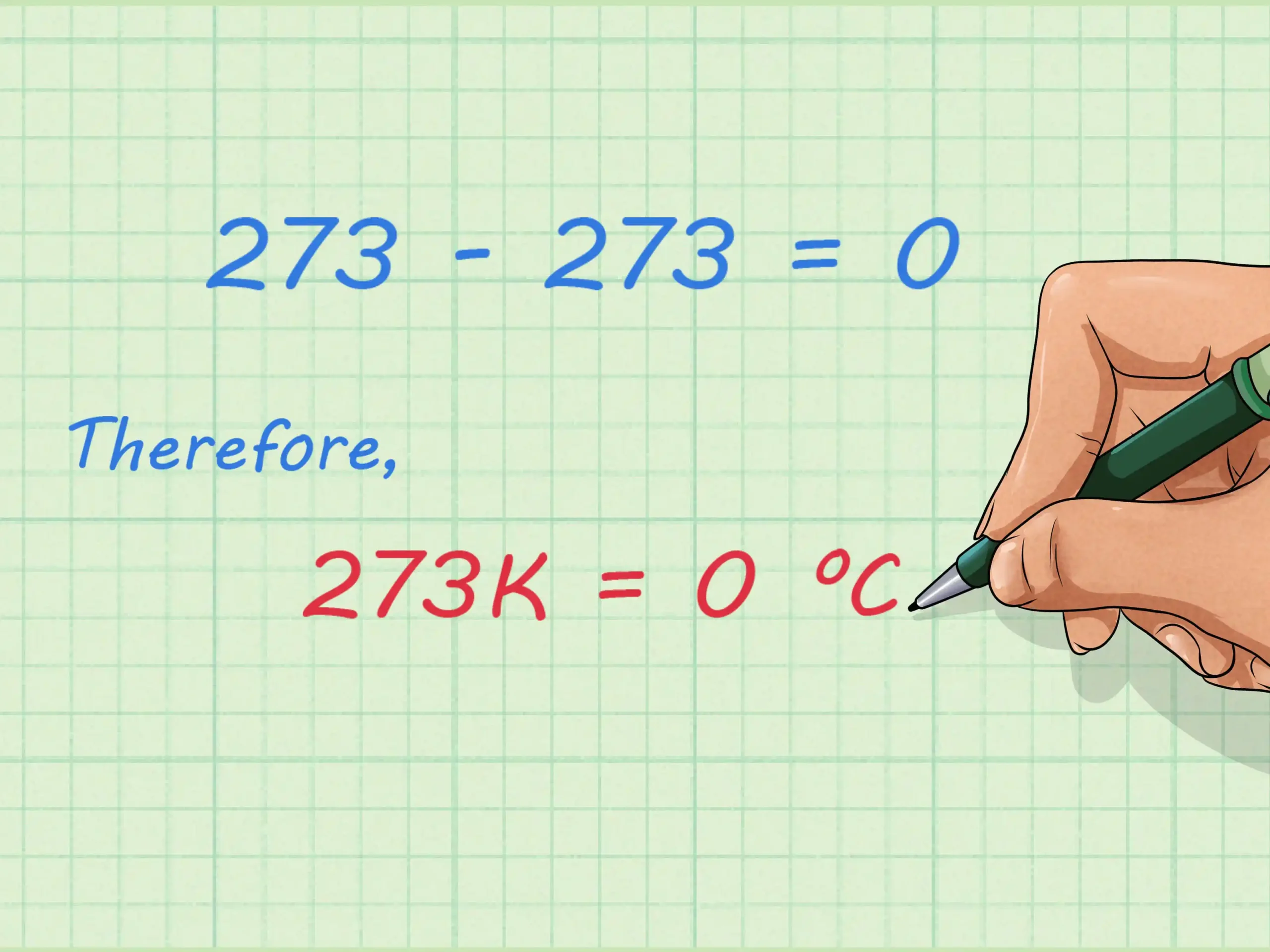46c to f – Understand and Convert Celsius to Fahrenheit with Clarity
Temperature conversions are more than a mathematical exercise. When converting 46c to f, it is helpful not just to know the number, but also to understand its practical significance. Whether you’re interpreting a weather forecast, evaluating safety in a work environment, or simply curious about global temperatures, this guide provides a complete breakdown of what 46°C really means in Fahrenheit and in daily life.
How to Convert 46°C to Fahrenheit
The conversion from Celsius to Fahrenheit uses the standard equation:
Fahrenheit (°F) = (Celsius × 9/5) + 32
Applying this to 46 degrees Celsius:
Fahrenheit = (46 × 9/5) + 32
Fahrenheit = 82.8 + 32
Fahrenheit = 114.8°F
Therefore, 46°C is equal to 114.8°F.
How Hot Is 46 Degrees Celsius?
A temperature of 46°C is considered extremely hot. To put it into perspective:
-
It is well above the average summer temperature in most countries.
-
It exceeds the typical room temperature by more than double.
-
It can be hazardous if experienced outdoors for long periods without proper hydration and shade.
This level of heat is commonly associated with arid desert climates or extreme heatwaves in subtropical regions. It is often classified as dangerous by public health and weather agencies.
Practical Context: Where You Might Encounter 46°C
Weather Conditions
Some regions experience 46°C or higher during peak summer months. Cities like Jacobabad, Pakistan; Death Valley, United States; and parts of the Middle East are known for such extreme conditions. In these climates, it is not unusual for outdoor activities to be discouraged or even restricted during midday hours.
Industrial Settings
Manufacturing plants that process metals, plastics, or chemicals often operate in environments where surrounding temperatures reach or exceed 46°C. In such settings, ventilation systems and worker cooling protocols are essential for safety.
Greenhouses and Agriculture
In enclosed or poorly ventilated spaces such as greenhouses, temperatures can spike above 46°C. At these levels, heat stress can severely damage plant life that is not adapted to such extremes.
Celsius to Fahrenheit Comparison Chart
| Celsius (°C) | Fahrenheit (°F) |
|---|---|
| 0 | 32 |
| 10 | 50 |
| 20 | 68 |
| 30 | 86 |
| 40 | 104 |
| 46 | 114.8 |
| 50 | 122 |
This chart provides a quick reference for understanding how 46°C compares to other commonly encountered temperatures.
Health Impact of 46°C
Exposure to temperatures around 46°C can quickly become a health risk, especially for individuals engaging in physical activity. At this level:
-
Heat exhaustion and dehydration are likely if precautions are not taken.
-
Prolonged exposure may lead to heatstroke, which is a medical emergency.
-
Vulnerable groups such as the elderly, children, and those with chronic illness are particularly at risk.
Maintaining access to water, avoiding direct sunlight, and wearing appropriate clothing are essential safety measures.
Frequently Asked Questions
What is the formula to convert Celsius to Fahrenheit?
To convert Celsius to Fahrenheit, use the formula: (Celsius × 9/5) + 32.
Is 46°C safe for human exposure?
No, extended exposure to 46°C can be dangerous. Without proper hydration and cooling, it may lead to heat-related illnesses.
How does 46°C compare to other temperatures?
46°C is significantly hotter than average summer temperatures in most countries. It is on par with extreme desert heat and industrial environments.
Is 114.8°F a normal outdoor temperature?
It is not typical in most parts of the world. However, in certain desert regions, it can be experienced during severe heatwaves.
Why is understanding this conversion useful?
Knowing the Fahrenheit equivalent of high Celsius temperatures helps travelers, professionals, and homeowners make informed safety decisions.
Conclusion
The conversion of 46c to f results in 114.8°F, a temperature level that represents serious heat. Whether you’re reviewing a weather report, operating in a hot industrial space, or managing temperature-sensitive environments, understanding both the number and its impact is critical.
By using a simple formula and applying it correctly, you gain more than just a mathematical answer—you gain context, insight, and the ability to act wisely in extreme heat situations.
